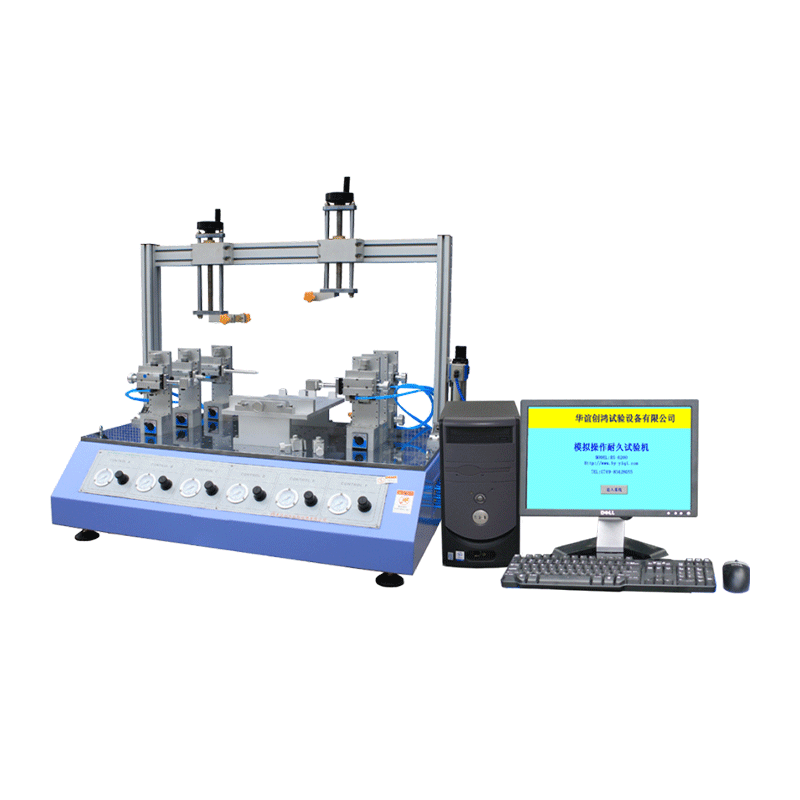The Role of Fatigue/Durability Testing for Electronic Devices

Key Benefits:
- Ensure Stable Operation: Validate long-term functionality to avoid unexpected failures.
- Identify Design Weaknesses: Detect issues in design or material that could lead to malfunctions.
- Verify Safety: Ensure the device complies with safety standards and protects users.
- Improve User Experience: Reduce product failure rates, leading to higher satisfaction.
- Optimize Manufacturing: Refine processes and materials for better durability.
- Boost Market Competitiveness: Offer reliable products that stand out in the market.
- Achieve Compliance: Meet industry regulations and certifications.
Current Equipment for Fatigue/Durability Testing
While there are numerous machines for fatigue and durability testing, most are designed for single, targeted tests. For example:
- Button testers for mechanical buttons.
- Insertion/extraction testers for connectors and ports.
- Vibration test machines for structural integrity.
Advantages of Single-Test Devices:
- Simpler design.
- Lower cost.
- Highly specialized and accurate for specific tests.
Disadvantages:
- Cannot handle multiple test types simultaneously.
- Requires multiple devices for comprehensive testing.

